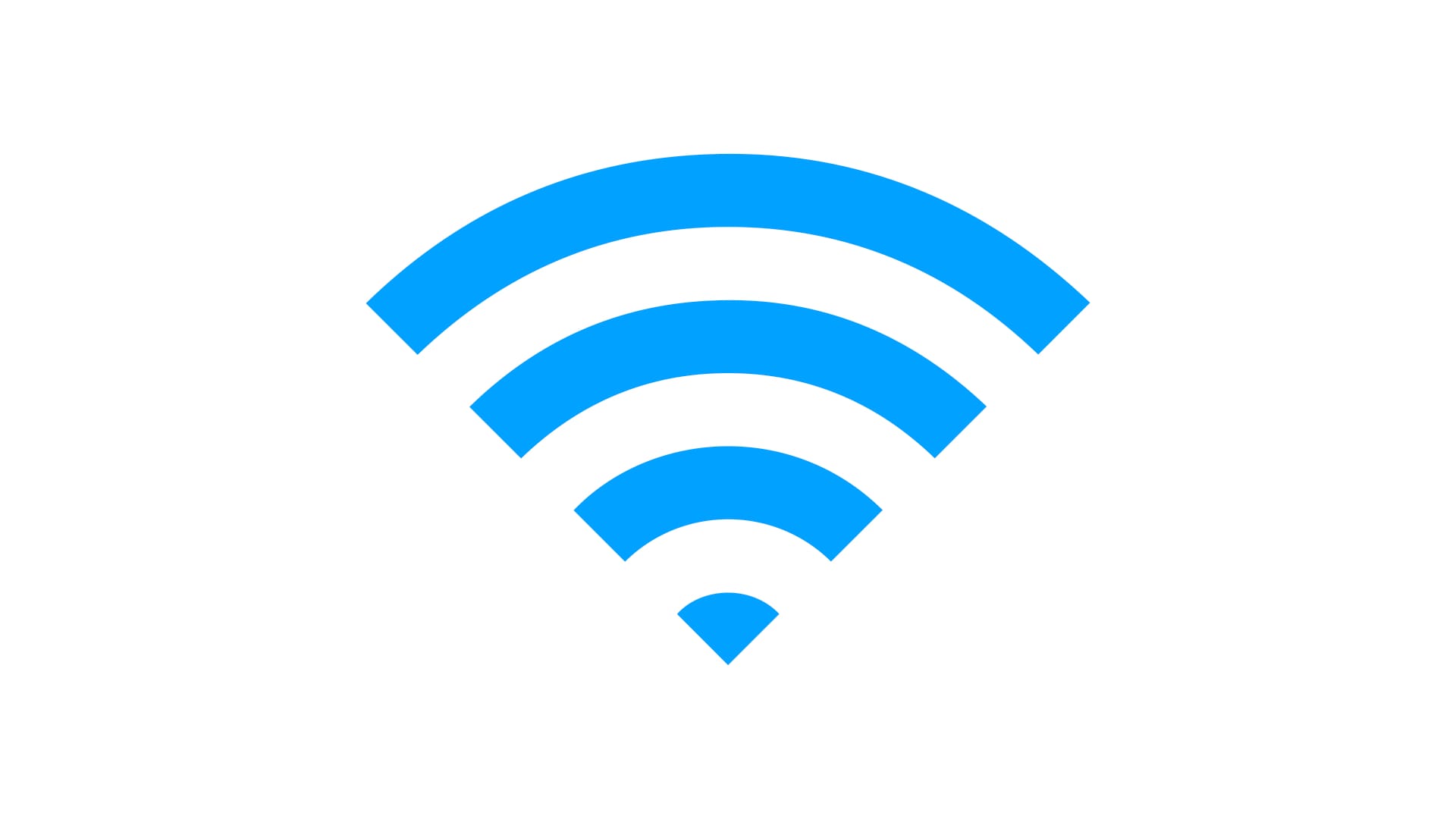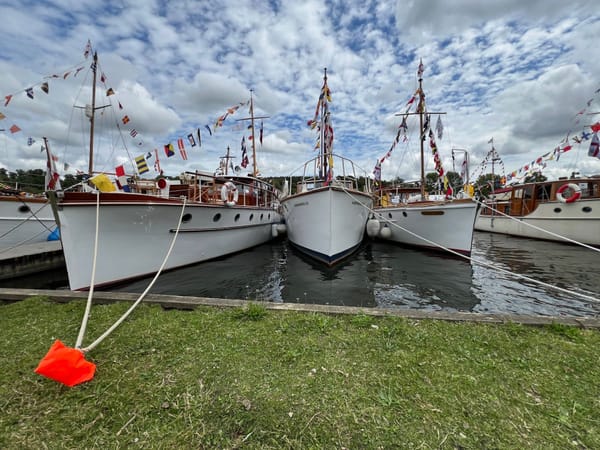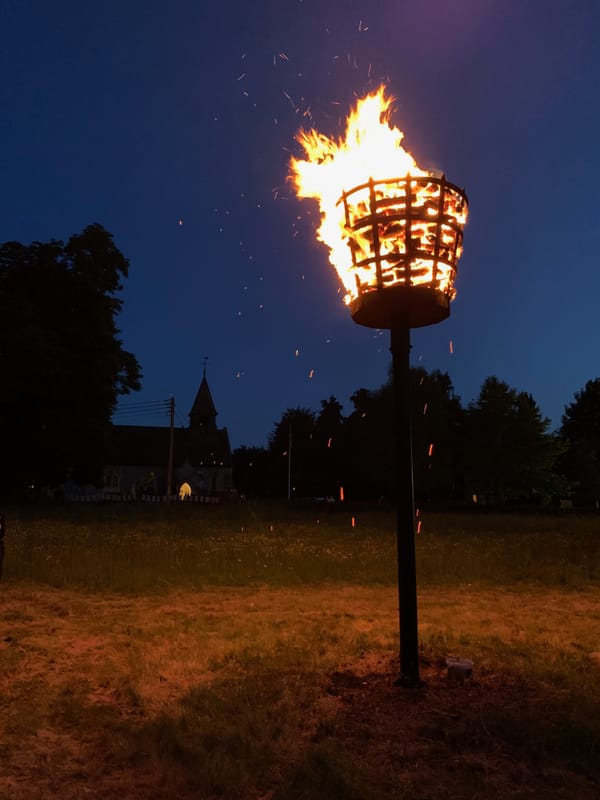There is no such thing as free Wi-Fi
What is the best way to get Wi-Fi when travelling?

A few years ago, when I was travelling, ‘free’ Wi-Fi spots were few and far between. I would be lucky to find one unless I was travelling in the US, where they seemed to be alarmingly open — things have changed a bit in the US, but you can still find some open Wi-Fi.
Nowadays, ‘free’ Wi-Fi is everywhere, but there are a couple of catches.
Security
The first catch is security.
Do you know the Wi-Fi hotspot is secure? How do you know that the person at the next table is not listening in? Is the Wi-Fi hotspot the hotspot it claims to be or is it a spoof hotspot that someone can use to snoop on your data?
I use VPN (virtual private network) software to solve my security concerns.
I start my computer with NOTHING running that requires the net. I know some connections are made in the background as part of the system running, but there is no easy way to shut them down.
I then fire up my VPN software and make a secure connection to a server I know and trust (and pay to connect to). This means that any network traffic leaving my machine is encrypted, so I know no one can read the material or see what I am doing unless they physically look over my shoulder.
Free Wi-Fi
Free Wi-Fi, in most cases, is no longer free.
Free Wi-Fi may be free of cost, but with so many smartphones, computers, and tablets trying to access one free Wi-Fi hotspot, it can kill the system. Either the wireless router can’t handle all the simultaneous connections, or the bandwidth is clogged.
Case in point.
I wrote the above while sitting in Starbucks in KLIA2 (Kuala Lumpur International Airport 2).
I could ‘see’ two free and open Wi-Fi hotspots from my table — Starbucks (obviously) and FreeWiFi@KLIA2.
Now, either of these Wi-Fi hotspots could be ‘spoofs’; it could be the person at the table in the corner pretending to be Starbucks or FreeWiFi@KLIA2.
So if it is a spoof and I connect, the spoof ‘gives’ me Internet access, and then all my traffic goes via their machine (see above for a fix).
But, at KLIA2, I tried both hotspots using my VPN software, and I couldn’t get a connection.
The lack of a VPN connection could be that I was dealing with ‘spoofs’, but far more likely (as I have encountered this problem on many occasions), the hotspots were so swamped with traffic as to be dead. Either no bandwidth, or the router couldn’t handle all the connection requests.
If you think you have the above ‘swamped’ problem, there is one trick that sometimes works. This trick works with ‘location-wide’ Wi-Fi systems like those found at airports. You go to the corner of a building far away from the crowds and find a wireless router that is not being used. Sometimes by doing this, you can get a connection.
Alternatively, some cafés, coffee shops, restaurants etc., i.e., places where you sit down to eat or drink, may have free Wi-Fi that needs a code. You can usually get a code from the waiter, or in the case of some Starbucks, it will be on the receipt. Mind you, there is no guarantee the code will work. Recently, I was in a ‘coded’ Starbucks, where the code didn’t work.
Using a code limits access to paying customers and the number of people connecting. And this improves your chances of getting a connection.
So, there is no such thing as free Wi-Fi, as it is impossible to connect if it is ‘open’ due to overuse.
Is there a solution? I don’t know.
I keep looking for one, but with no success. My current thinking is to get an unlocked MiFi and use it with local SIMs while on the road.
Any thoughts or suggestions?



